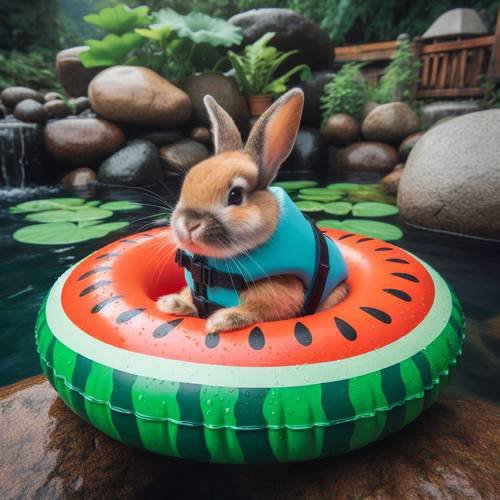The Evolutionary History of Rabbits and Water Adaptation
Rabbits, as descendants of wild animals, have a complex evolutionary history closely tied to their habitat and survival strategies. While they are not typically associated with aquatic environments, evidence suggests that some rabbit species have adapted to occasional encounters with water in their natural habitats. Over time, certain genetic traits may have developed to aid rabbits in navigating shallow bodies of water, such as streams or ponds, when necessary for foraging or evading predators.
Health Risks Associated with Rabbit Swimming
While rabbits are capable of swimming short distances, prolonged exposure to water can pose health risks and complications. Wet fur can lead to hypothermia, especially in cooler temperatures, and increase the risk of respiratory infections. Chlorinated or contaminated water may irritate rabbits' skin and eyes, leading to discomfort or allergic reactions.
It's essential to dry rabbits thoroughly after swimming and monitor them closely for any signs of illness or distress. Consult a veterinarian if you have concerns about your rabbit's health or swimming habits.
It's essential to dry rabbits thoroughly after swimming and monitor them closely for any signs of illness or distress. Consult a veterinarian if you have concerns about your rabbit's health or swimming habits.






